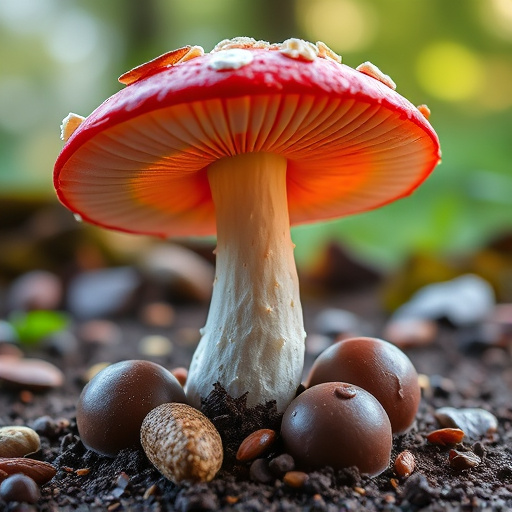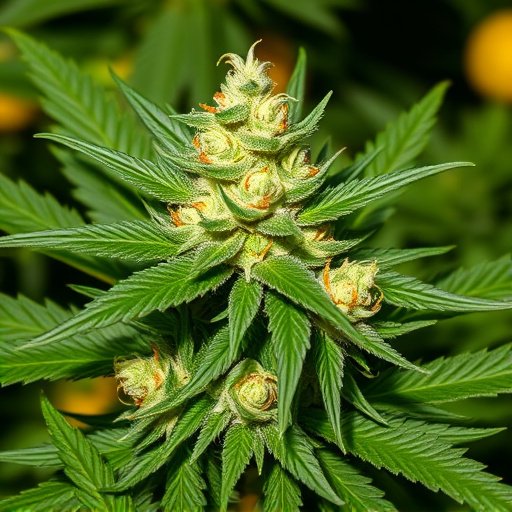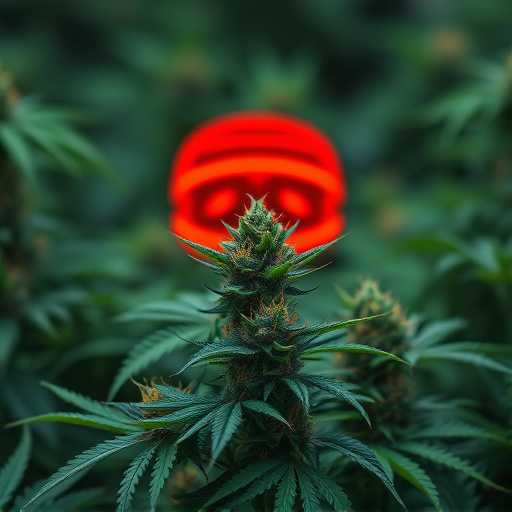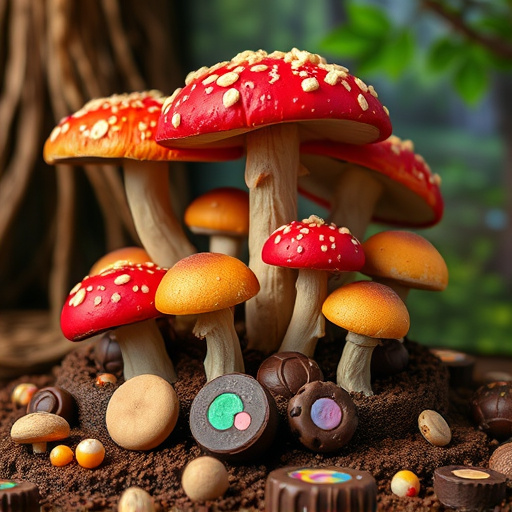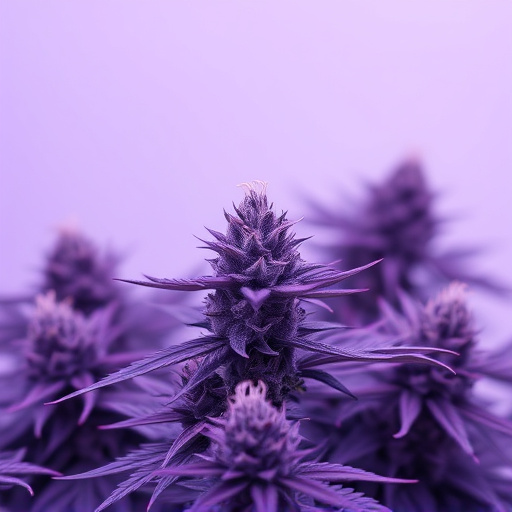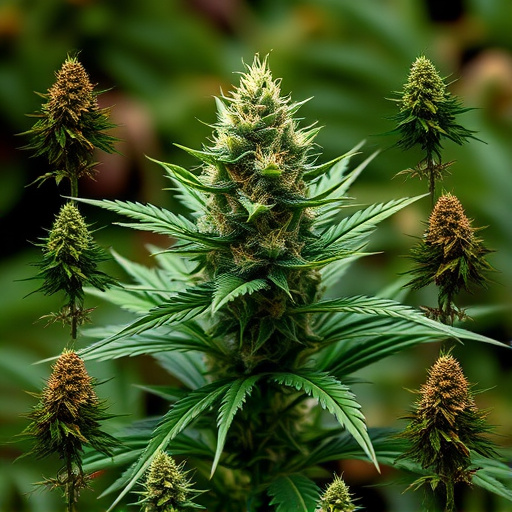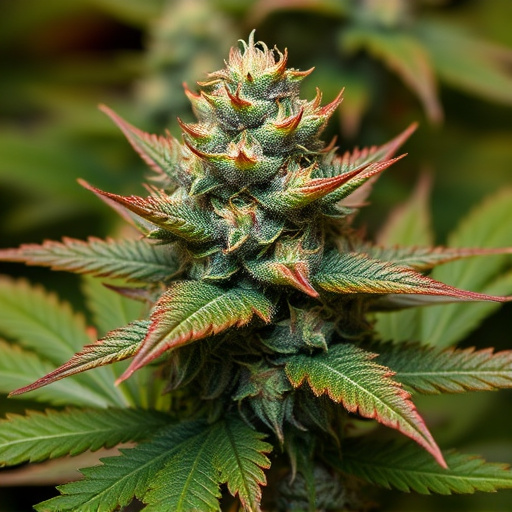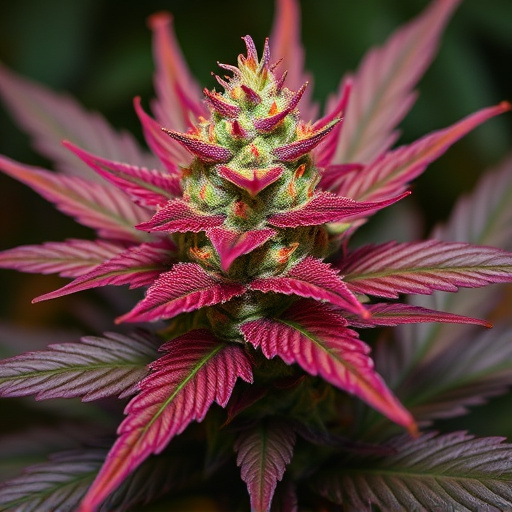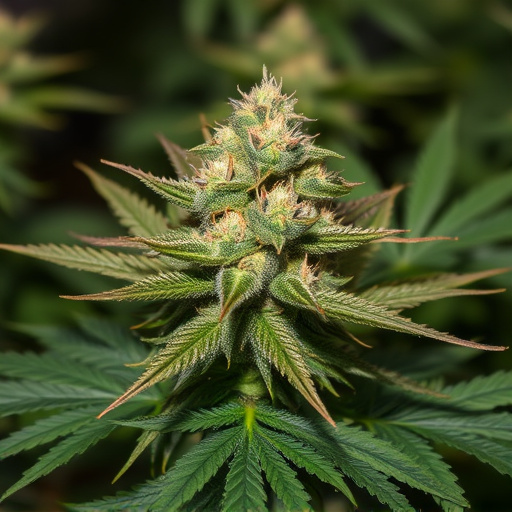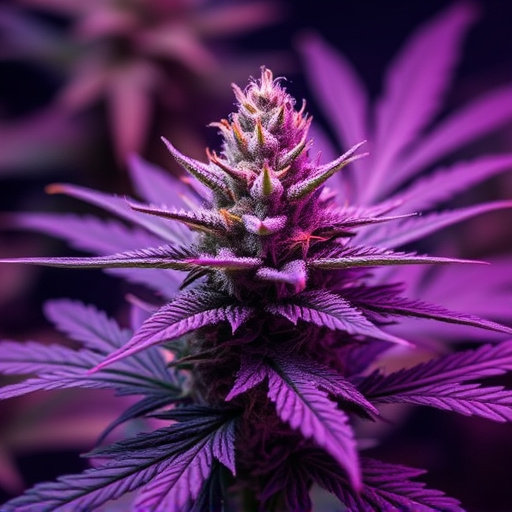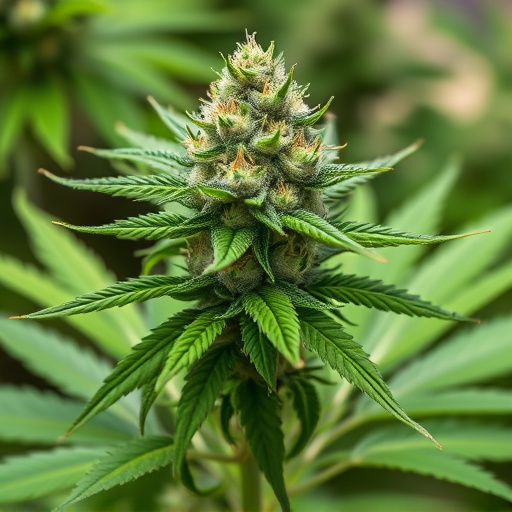Outdoor, sun-grown cannabis offers distinct advantages like higher THC levels and diverse terpene profiles due to natural sunlight, making it a preferred choice for many enthusiasts who value its perceived superior quality. While facing challenges from weather, legal issues, and theft, this cultivation method facilitates robust plant growth and unique chemical compositions, leading to potent cannabis strains with specific medicinal benefits.
In the dynamic landscape of cannabis cultivation, understanding the nuances between sun-grown and indoor farming is essential for both growers and consumers. This article delves into the pros and cons of these contrasting methods, examining their impact on strain potency, flavor, consistency, and environmental factors. By exploring the unique characteristics of sun-grown cannabis and the meticulous control offered by indoor cultivation, we provide insights that help consumers make informed choices and drive trends in the growing cannabis market, particularly when it comes to potent strains.
- Sun-Grown Cannabis: Advantages and Disadvantages
- – Growth conditions and environmental factors
- – Potential benefits for strain potency and flavor
Sun-Grown Cannabis: Advantages and Disadvantages
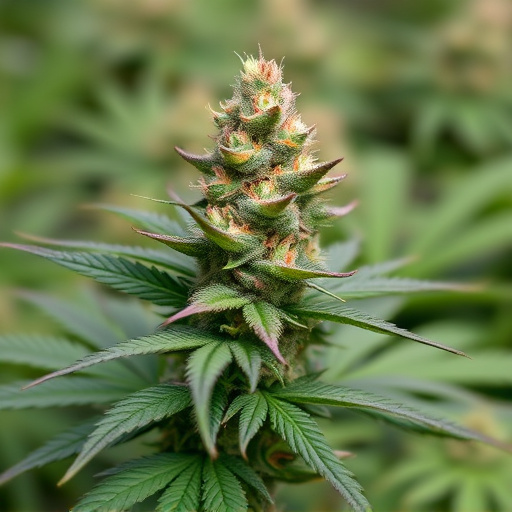
Sun-grown cannabis, cultivated in outdoor environments, offers several advantages that indoor growers can’t always replicate. First and foremost, sun-grown plants often produce potent cannabis strains due to the ample sunlight, which stimulates robust growth and increased cannabinoid production. This natural light source promotes a more diverse range of terpene profiles, contributing to the unique aromas and flavors associated with different strains.
However, outdoor cultivation also comes with challenges. Unpredictable weather conditions can lead to crop failure or damage from excessive rain, cold snaps, or pests. Additionally, securing outdoor grow spaces that are free from legal scrutiny or potential theft is a constant concern for farmers. Yet, despite these drawbacks, many cannabis enthusiasts prefer sun-grown products for their perceived superior quality and natural attributes.
– Growth conditions and environmental factors
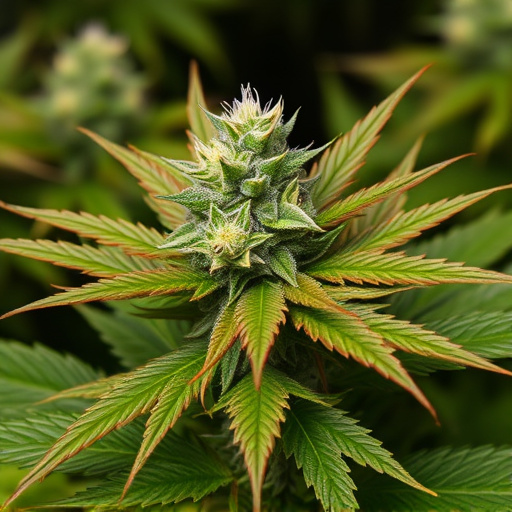
The growth environment plays a pivotal role in shaping the characteristics of cannabis plants, including the development of potent cannabis strains. Sun-grown cannabis thrives under natural sunlight, which promotes robust plant growth and can lead to higher THC levels—a key compound responsible for the plant’s psychoactive effects. Outdoor conditions allow plants to breathe and develop strong root systems, contributing to their overall health and the production of more aromatic and flavorful flowers. On the other hand, indoor cultivation offers precise control over environmental factors such as light spectrum, temperature, humidity, and nutrient delivery. Growers can manipulate these variables to create optimal conditions for specific cannabis strains, potentially increasing yields and ensuring consistency in product quality. This controlled environment is particularly beneficial for cultivating rare or highly sought-after potent cannabis strains that may require specialized care to reach their full potential.
– Potential benefits for strain potency and flavor
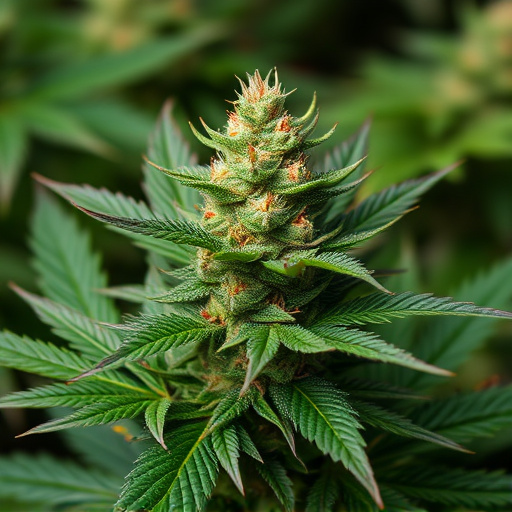
Sun-grown cannabis has gained a reputation for producing incredibly potent and flavorful strains. This is largely due to the natural environment’s ability to promote slow growth, which allows plants to concentrate their energy into creating more robust cannabinoids and terpenes. As a result, outdoor-grown cannabis often boasts a higher concentration of THC, CBD, and other beneficial compounds, making it highly sought after by cannabis enthusiasts looking for potent and aromatic options.
The outdoor cultivation process, with its exposure to varying weather conditions, can lead to unique chemical profiles in the plants. This natural selection process results in strains that may offer specific medicinal benefits, such as enhanced pain relief, anxiety reduction, or sleep aid, thanks to their concentrated cannabinoid and terpene profiles. These characteristics make sun-grown cannabis a popular choice for those seeking optimal effects from their consumption.
In the ever-evolving landscape of cannabis cultivation, both sun-grown and indoor methods offer unique advantages. Sun-grown cannabis flourishes in natural light and diverse climates, often resulting in robust plants with distinct flavors and potentially higher levels of THC, catering to those seeking potent cannabis strains. However, outdoor growing is more susceptible to environmental variables and pest pressure. Indoor cultivation provides control over growth conditions, allowing for year-round production and the ability to refine specific strain characteristics. While indoor methods may not consistently yield as high levels of potency as sun-grown, they offer stability, consistency, and the potential to create tailored microclimates for diverse cannabis varieties. Ultimately, the choice between sun-grown and indoor cultivation depends on local regulations, climate, and cultivators’ preferences for flavor, potency, and production efficiency in the pursuit of optimal cannabis experiences.
